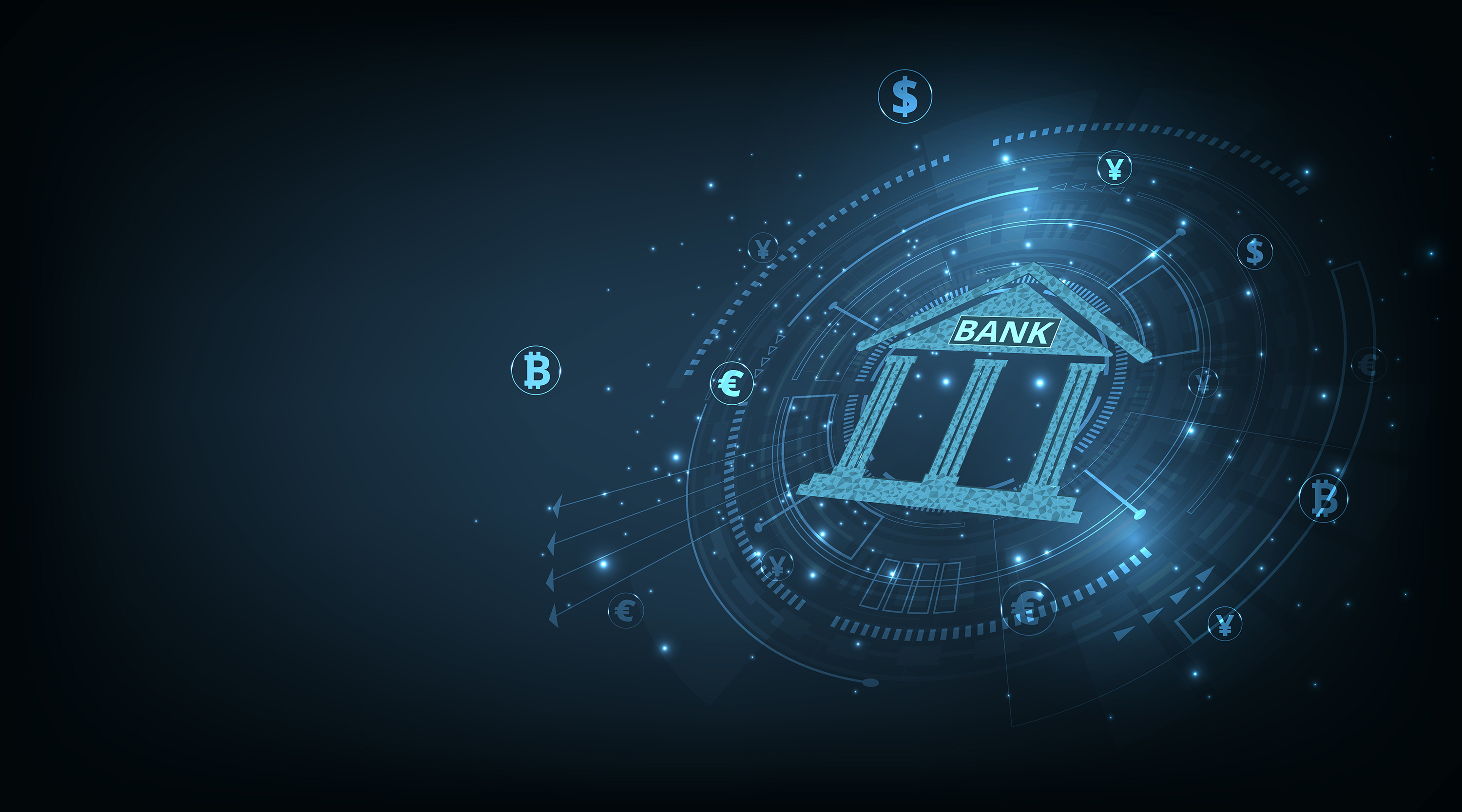Digital currency network developer invites banks to participate in tests

Unveiled at Davos, UDPN, a global messaging network supporting digital currency systems, has already been tested by several leading banks. Bill Lumley reports.
The cost of digital payments made by banks and businesses is set to fall with the deployment of the Universal Digital Payments Network (UDPN), a global messaging network supporting digital currency systems.
Its developers say it is intended to support seamless digital payments across multiple bank digital currencies and regulated stablecoins, and claim it has the potential to drive down costs as well as accelerate adoption by banks and businesses of all sizes.
After two years of development, the network, which is underpinned by distributed ledger technology (DLT), was launched last month at the World Economic Forum in Davos. It is described by its developers as the world’s most advanced digital currency payment project.
The UDPN was developed by German tech group GFT, decentralised cloud infrastructure company Red Date Technology and digital asset creation platform TOKO, in collaboration with law firm DLA Piper.
The project was boosted by a sandbox launched in July 2022 in which multiple global Tier 1 banks actively tested stablecoin transfer and FX swap transactions, “enabl[ing] banks to test the infrastructure and build their own solutions on top of it”, according to GFT CEO Marika Lulay.
Lessons from the sandbox
The banks involved participated in a series of proofs of concept (PoCs) last month to demonstrate how the UDPN will address the challenges of integrating digital currencies into daily business, banking and payment scenarios. Among those on the panel were HSBC, Deutsche Bank, Standard Chartered’s SC Ventures, the Bank of East Asia and Bank of Baroda. “Now we are inviting any bank in the world to participate in PoCs, which they can do of their own free will,” says Ms Lulay.
According to Thorsten Neumann, chief technology officer at SC Ventures, the UDPN provides assurances between trusted parties when making transactions over the network and takes account of the fact that different types of fiat-backed stablecoins and central bank digital currencies (CBDCs) can interact globally. He describes participation as a learning process for the bank as it had, among others, taught it the factors to consider in the purchasing of those stablecoins that must be stored somewhere.
He says the bank learned three chief lessons from the sandbox testing last summer. “The first is that the product itself is real. The sandbox confirmed that there’s a front end, and we’re able to log into that. The second lesson was regarding the thought process in solving this kind of transaction. The third one was using this as a means for discussing potential use cases with our ventures. The sandbox allowed us to get close to the product and think through those scenarios.
“We’d have to understand how these get transferred and acknowledged by the recipient,” he adds.
The UDPN brings assurance [and] reduces the risk to financial institutions
Mr Neumann says the ultimate goal is the ability to transact interchangeably from a corporate or retail client perspective in fiat currency as well as in stablecoins and CBDCs. Additionally, on the back end, there would be technology to bridge to the blockchain world and DLT infrastructure, and make that connection seamless.
“The UDPN both as a technology and as a consortium coming together and establishing this network brings that assurance. It reduces the risk to financial institutions to adopt this technology and integrate it into their technology stacks for seamless end-to-end transaction capability,” he adds.
Key purpose
The UDPN’s key purpose is to investigate a potential alternative to existing payments systems by enabling interoperability between fiat-backed tokens of stablecoins and regulated protocols, says Ms Lulay. She adds: “The decentralised approach and geographic breadth of participating firms, combined with the advanced technological solution deployed for these trials, set this network apart.”
The network will only support CBDCs and regulated fiat-backed stablecoin currency systems as payment methods, according to a UDPN white paper published last year. No unregulated public-chain cryptocurrencies, such as bitcoin, will be accepted, it says.
The biggest challenge facing the development of digital currencies globally, according to the UDPN’s developers, is that of interoperability. They contend that scalable and universal interoperability will be key to enabling the efficient movement of digital currencies between the legacy payments infrastructure and rapidly evolving digital currency systems, and that interoperability will be necessary both between different CBDCs and between CBDCs and stablecoins.
The UDPN is aimed at addressing these issues by providing a global network to support stablecoins and CBDCs across decentralised and centralised currency systems. According to the white paper, it will provide a shared, decentralised network and associated standards, which it refers to as the messaging backbone for efficient and seamless cross-border digital currency payments across protocols and systems.


